

There are two Traditional Paramount Chiefs in the Municipal ruling from Atebubu and Amantin. The two stools however collaborate in promoting the development of the district. Under these stools are sub-chiefs.
The Municipal is ethnically diverse with Akans (Bonos) dominating followed by non-Akans. Most of the non-Akan tribes represent various ethnic groups such as Mamprusi, Dagaaba, Konkombas, Kusasis, Moshis and Grusis who are basically coming from the Northern part of the country.
In terms of religion, Christians dominate, comprising 62.2% of the total population. The Muslim community forms 29.6% of the district’s population. Most of the Muslims are settler farmers from the three northern regions. Traditional religion still has a place in the Municipal and it is practiced by 8.2% of the population.
The tradition of communal spirit, both in terms of labour and funding, is a major project implementation strategy of the place. This spirit has however become very low or almost non-existent in the urban communities as compared to the rural areas. The traditional set-up is endowed with some cultural practices such as puberty rites, prevention of farming around water bodies and the declaration of Fridays as days of mandatory rest whereby agricultural activities are forbidden. Cultural heritage primarily related to the cultural patterns of the district, both traditional and contemporary form the cultural heritage of the district.
Both the national and regional tourism plans recognize the fact that the traditional cultures of the several ethnic groups in Ghana are highly developed and exhibit expressions which constitute important attractions for tourists. The traditional colourful festivals organized in the two paramouncies of the Municipal throughout the year could be of special interest to tourists and form an important cultural feature. Important festivals celebrated in the Atebubu-Amantin Municipal are the Foyawoo celebrated by the people of Atebubu and Kwafie by the people of Amantin traditional area.
These festivals are typically associated with colourful durbars of chiefs who are carried in palanquins and accompanied by a retinue of drummers, horn blowers and singers. They are also occasions for calling to memory all ancestors of the land. Sacrifices and prayers are offered to the gods and the ancestors to ask for prosperity, peace, tranquility, good health and long life in all endeavours.
Funerals are important events in the Municipal and are always associated with traveling by Ghanaians. Funeral mourners or sympathizers most often stay overnight for days and use hotels, restaurant facilities which generate income in the district.
Tourism
There are both natural and man-made features that serve as tourist’s attraction features in the district. The varied attractions in the Municipal provide the basis for both general and special interest tourisms. The tourist attractions can be put into the following categories:
Natural Environmental Heritage
These features are primarily related to the natural environment and ecology of the district. The MUNICIPAL basically has caves as natural attraction features.
Game and Wildlife
The Atebubu Municipal has a game park that is endowed with a variety of game and wildlife (See Table 24 for details of these games and their location in the district). This park is very critical for purposes of biodiversity conservation and promotion of tourism. The park manages three major rivers which are important tributaries of the Volta Lake. It can also serve as a spring board for establishing a Community Resource Management Area (CREMA) within the district.
Historical Heritage:
These features primarily relate to the history of the region including both physical features and historical events. The Atebubu-Amantin Municipal Does not have major historic sites. However, it does have some sites of interest that could be developed as attraction features.
The Magical Bell of Atebubu
Another tourist attraction in the Municipal is the Magical Bell of Atebubu. The Bell, which is believed to have descended from heaven, is presently being kept at the Anglican Primary School, Atebubu.
The Magical Brass Pan
This is a brass pan believed to have descended from heaven in the days when the first inhabitants of Atebubu settled on the land. It is said that the brass pan was suspended by chains descended from heaven with a noble looking middle-aged woman sitting in the brass vessel whom the founder of Atebubu later married. The inscriptions on the brass vessel are Arabic-like. But it is difficult to judge whether the inscriptions are mere designs or letters of an unknown language. The magical brass vessel can still be found at Atebubu without the chains, which suspended the pan.
The Tortoise Shrine
The tortoises in the shrine have got historical significance in connection with the movement of the people of Duabone from Nkoranza to the present settlement. The tortoises are found in hundreds dwellings, with the Chief priest of the shrine in his house at Duabone.
Accommodation
Accommodation facilities form an important part of tourism. Accommodation facilities in Ghana include hotels, lodges, resorts, inns, motels, guesthouses and hostels. The Municipal has a major deficiency in good quality hotel rooms and this does not encourage overnight visitors either on business or pleasure to spend the night in the district. Currently, there are four hotels in Atebubu, the Municipal capital which are by Municipal standards, designed to meet minimum sanitary, health, safety and comfort standards.
Average number of rooms per hotel is 13, with a standard deviation of 5. These hotels according to grading of accommodation by Ghana Tourist Board Classification systems are ordinary guesthouses. Such low standards of hotel accommodation may not be able to provide adequate complementary services to the tourism industry. Investors could be encouraged to provide high quality hotel services in the district.
Date Created : 11/21/2017 6:22:25 AM


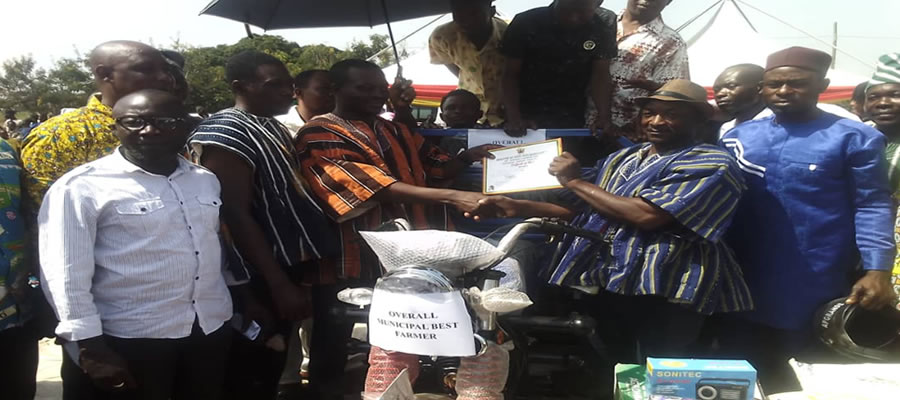
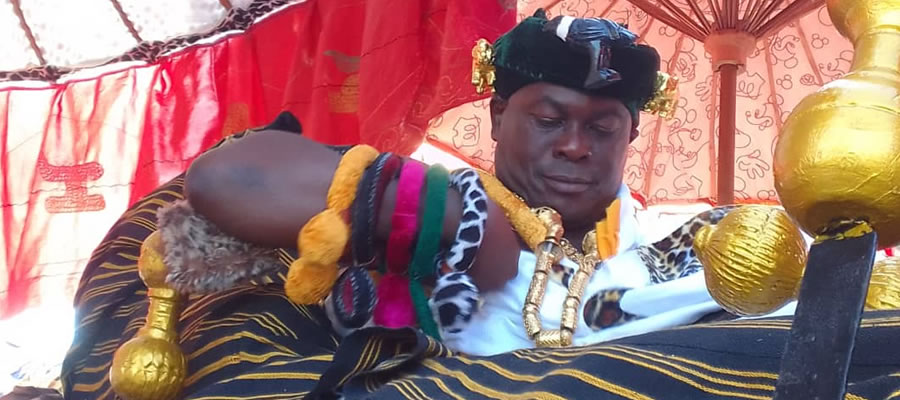
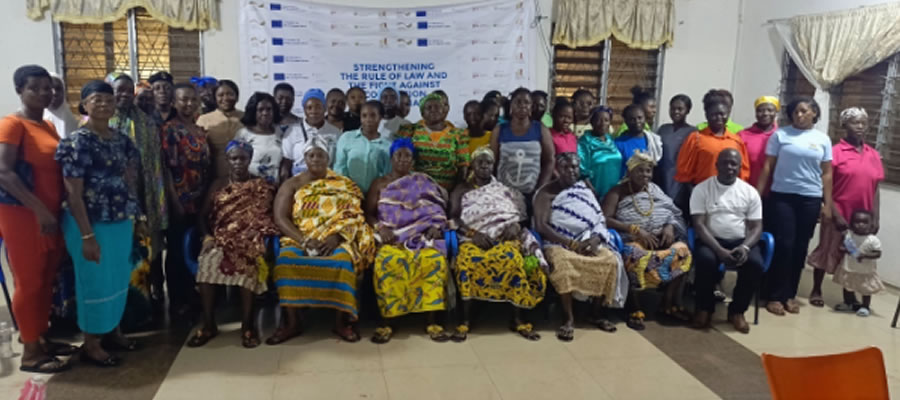

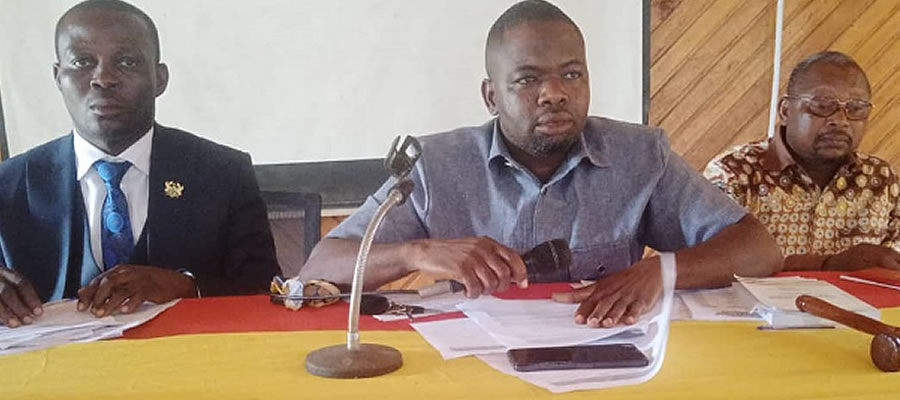
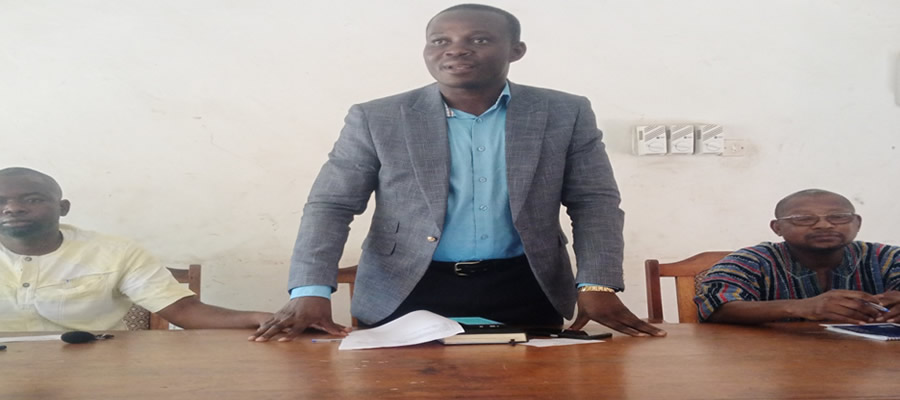




 facebook
facebook
 twitter
twitter
 Youtube
Youtube
 +233 593 831 280
+233 593 831 280 0800 430 430
0800 430 430 GPS: GE-231-4383
GPS: GE-231-4383 info@ghanadistricts.com
info@ghanadistricts.com Box GP1044, Accra, Ghana
Box GP1044, Accra, Ghana